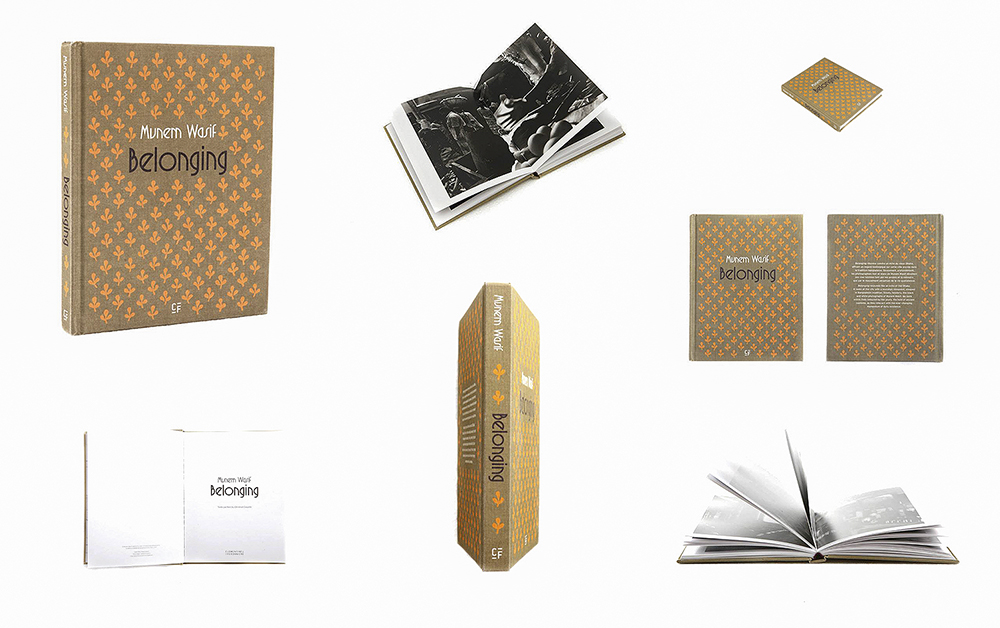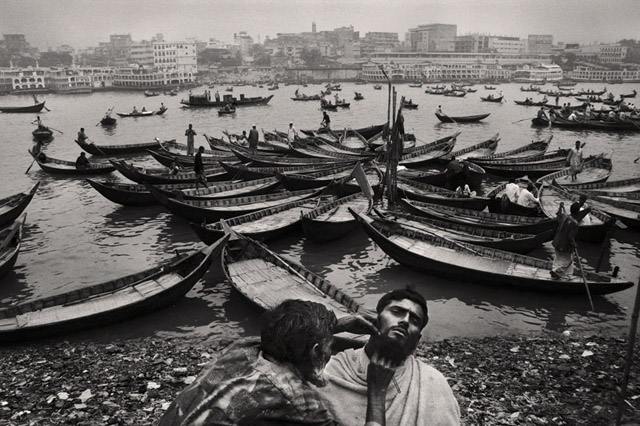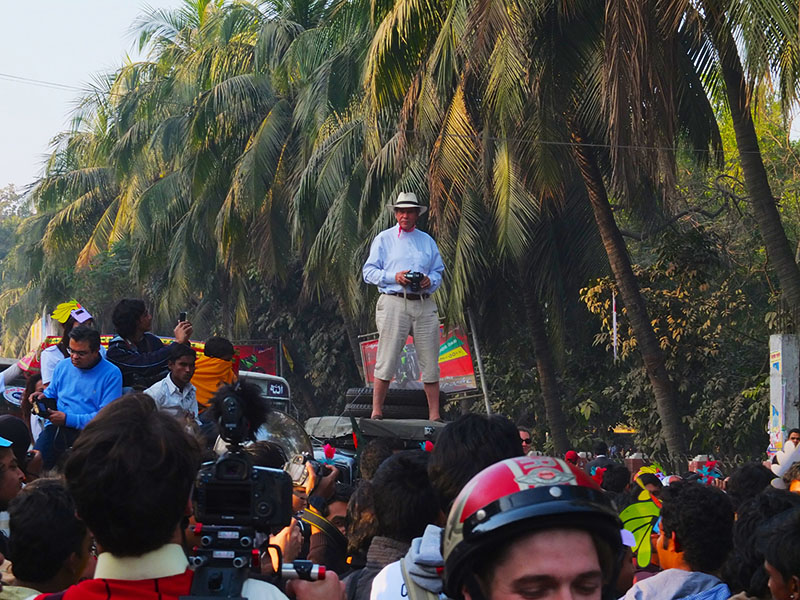Theme for
Chobi Mela VIII
Win a festival catalogue!
Deadline: 28 February 2014
Propose your theme for Chobi Mela VIII, January 2015
Chobi Mela, the international festival of photography since its inception in 2000 has aimed at exploring the semiotics of present day photographic practice in a broad international context, to bring about an understanding of the medium both within the industry and amongst the public at large. The past festivals, thematically addressed?Differences, Exclusion, Resistance, Boundaries,?Freedom, Dreams and Fragility?provided an opportunity to fine art photographers, conceptual artists and photo journalists, to explore possibilities, in its myriad forms.
Chobi Mela invites you to propose a theme for its upcoming eighth edition. Proposals will then be debated online and followed by a poll. The most voted theme will be chosen for the next festival and will win an exciting copy of the Chobi Mela VIII catalogue.
Deadline: 28 February 2014
Drop your theme and be a part of world?s most inclusive festival!
http://chobimela.org/
Best regards,
Chobi Mela Secretariat
Dhaka, Bangladesh
E-mail:?chobimela@drik.net







